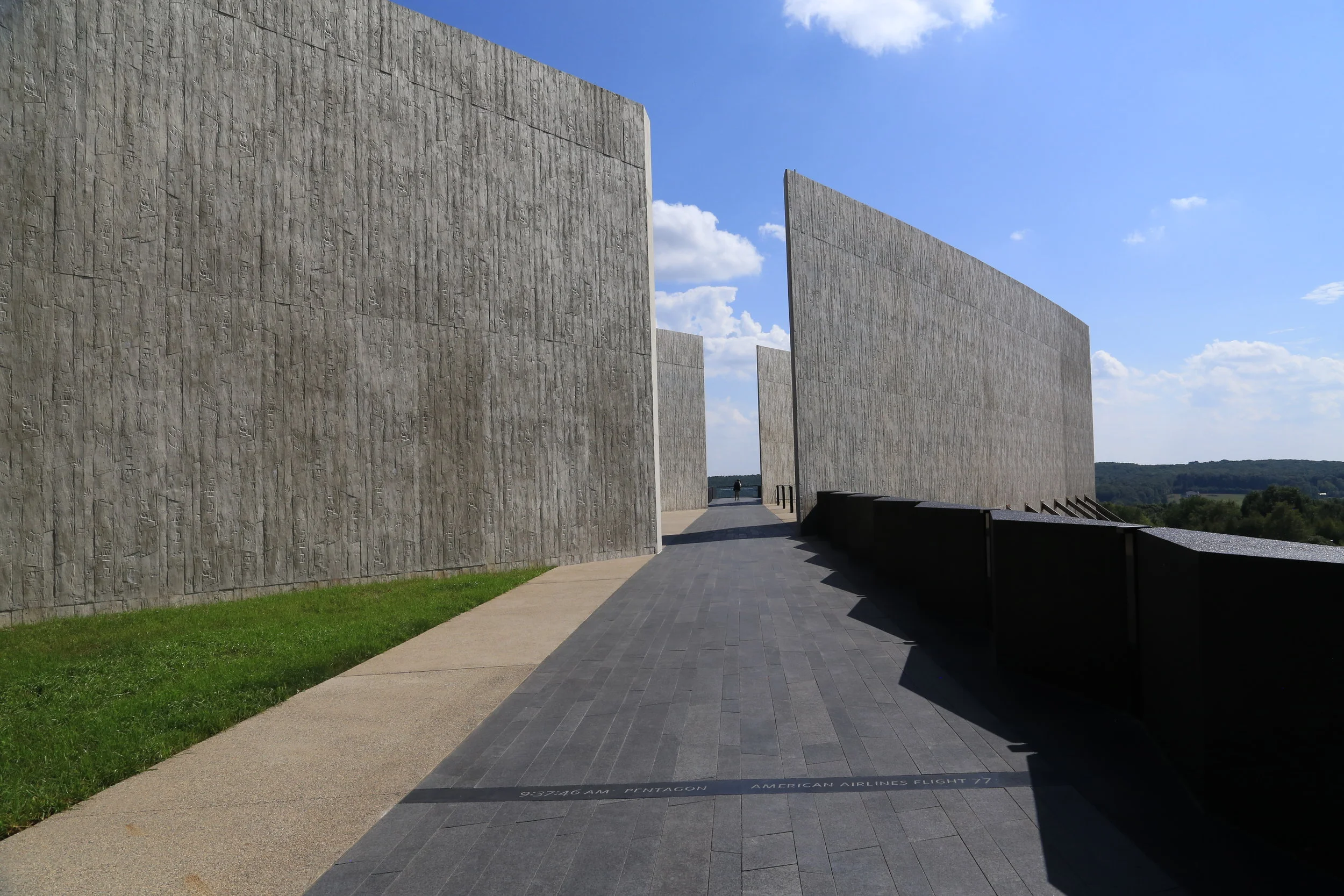Volunteers will come together at the Flight 93 National Memorial this Arbor Day weekend, Friday and Saturday April 27-28, 2018 to continue a reforestation project that began in 2012. Each year since, folks have come together to contribute to this amazing mission to reseed 150,000 trees.
Over the years, thousands upon thousands of trees have been planted:
2012: 500+ volunteers planted 14,369 seedlings across 20 acres
2013: 500+ volunteers planted 17,300 seedlings across 23 acres
2014: 400+ volunteers planted 20,489 seedlings across 30 acres
2015: 400+ volunteers planted 22,000 seedlings across 32 acres
2016: 400+ volunteers planted 15,600 seedlings across 23 acres
2017: 380+ volunteers planted 11,600 seedlings across 17 acres
The effort put on by the National Park Service, the Friends of Flight 93 and the National Park Foundation means to “re-establish woodland wildlife habitats and cultivate a living memorial.” A considerate amount of the memorial is the surface remnants of a coal mine.
You can listen to an article on the Plant-a-Tree at Flight 93 that explains how this project is part of a larger undertaking to reforest coal mines across Appalachia by journalist, artist, and NPR contributor Jonna McKone here.
The trees to be planted are a combination of native species that, once grown, will serve to protect trees planted in the Memorial Groves at the memorial. The vision for the memorial is that it be a place of renewal not only for those visiting the Flight 93 National Memorial but for the environment on which the memorial sits. The land is mostly open grassland following decades of surface mining.
On September 11, 2001, 40 brave passengers and crew members aboard Flight 93, one of the four commercial airliners that was hijacked by terrorists with the intention of attacking the U.S. Capitol, sacrificed themselves and saved countless lives. Passengers and crew gained control of the airplane from the 4 terrorists onboard and brought the plane down in a fiery crash near the town of Shanksville, PA. The memorial is located on 2,200 acres of land surrounding the impact site and is managed by the National Park Services. The Flight 93 National Memorial serves to remind us of their courageousness, so we never forget. Their stories and more detailed information about the memorial can be found here.
The memorial was designed by Paul Murdoch Architects of Los Angeles, CA and Nelson Byrd Woltz of Charlottesville, VA. Their design was selected from a pool over 1,000 entries to an international design competition in 2005. There are many features to the Flight 93 National Memorial with the most prominent facets in the grassy field of the crash site. View a map of the memorial details and components here.
The Visitor Center is in line with the flight path and points the way to the Wall of Names, which includes the names of the passengers and flight crew engraved on eight-foot tall, white, marble panels. The Wall of Names stands perpendicular to and at the edge of the Debris Field which includes the Impact Site, the boulder marking the general location of impact, Hemlock Grove and a Visitor Shelter.
A formal walkway, The Alles, surrounds 40 memorial groves-one for each of the passengers and crew members and leads visitors around the key features and over the wetlands on the Wetlands Bridge. The Memorial Plaza runs along the edge of the crash site.
The Tower of Voices will be a 93-foot tower containing forty wind chimes and will serve as a tribute in sound. It will be located near the memorial entrance which is on US Route 30 and will welcome visitors as they arrive at the memorial. The Tower of Voices is anticipated to be complete in 2018. The Memorial Plaza, Wall of Names, and Entrance Road were dedicated on September 10, 2011 and the Visitor Center, Learning Center, and Walkway to the Memorial Plaza were dedicated on September 10, 2015.
If you plan to be in the area, you can visit the Flight 93 National Memorial in person at 6424 Lincoln Highway Stoystown, PA 15563.
